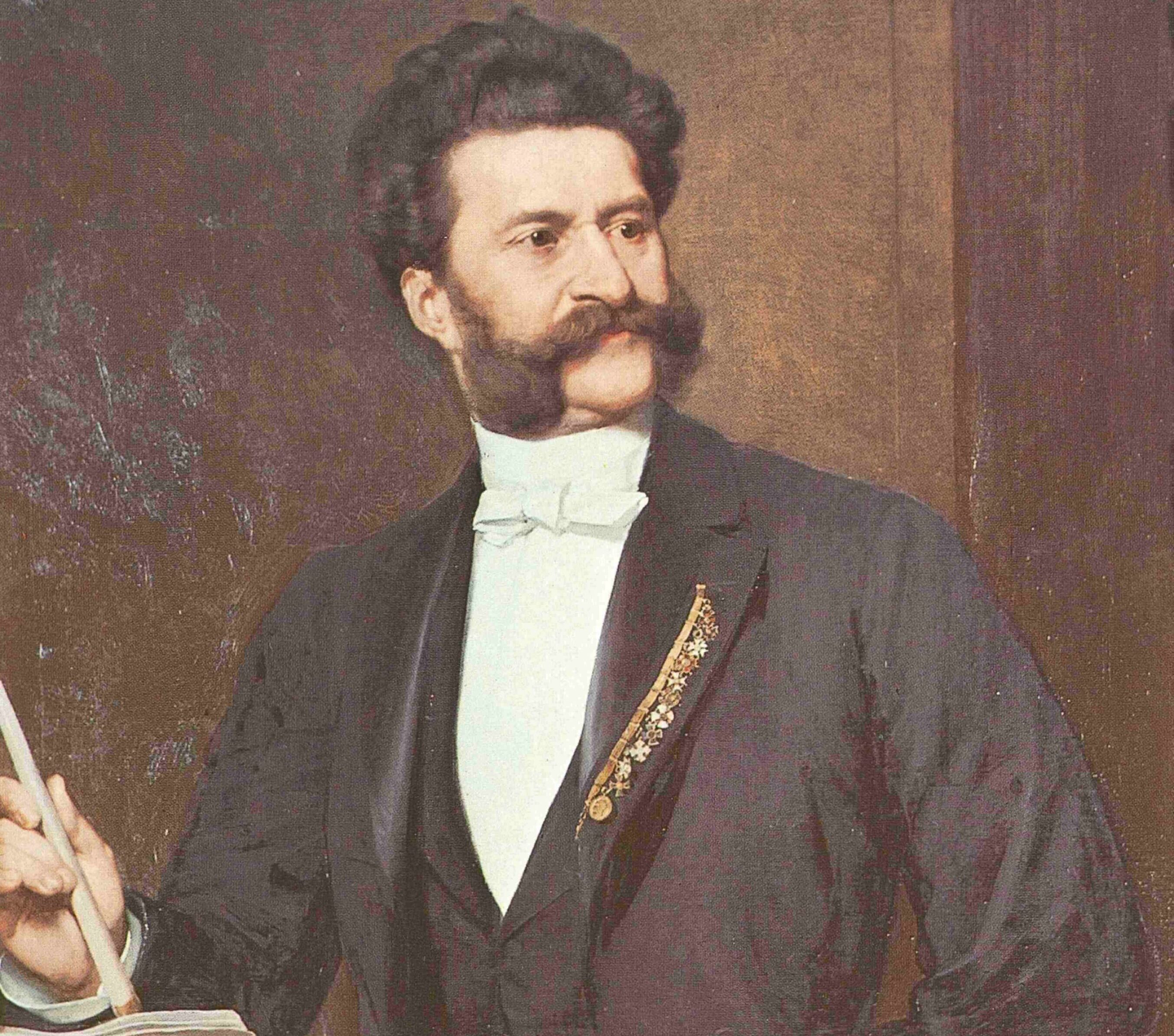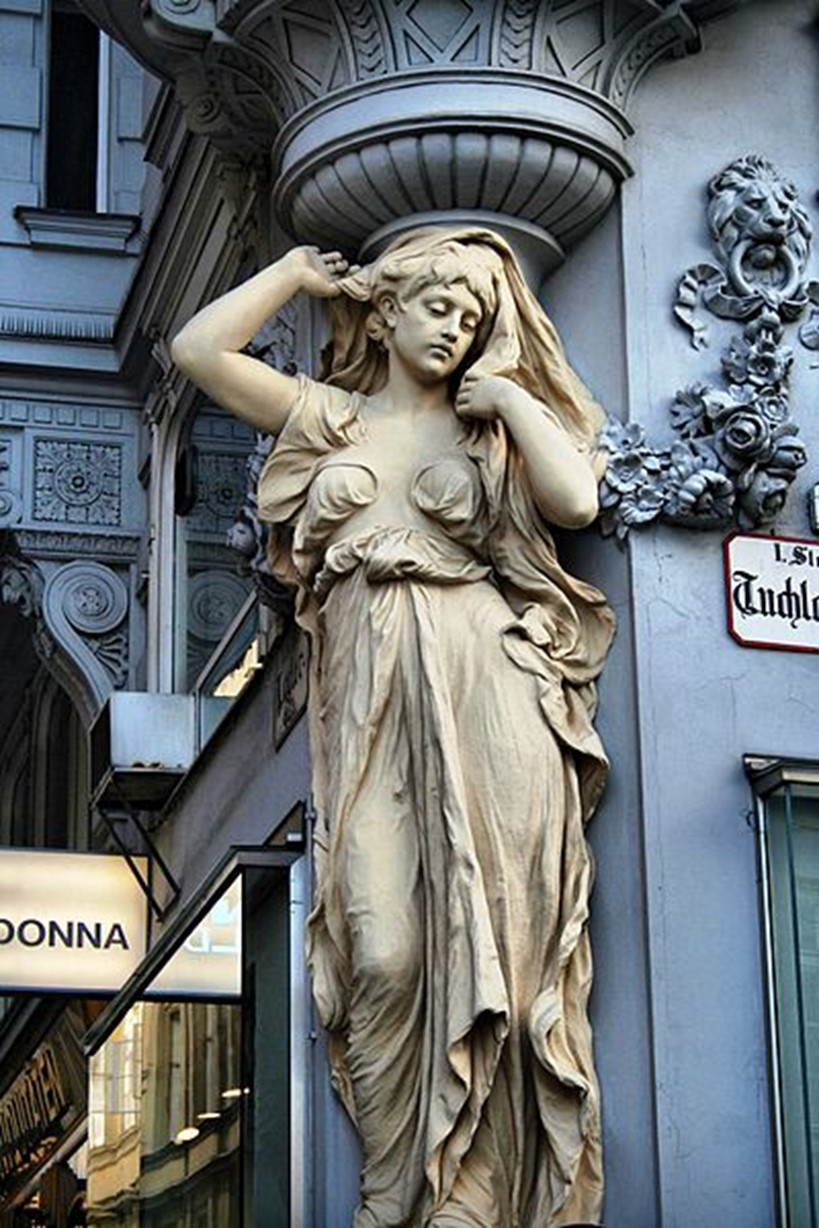The Viennese waltz conquers the world.
The rebellious, fun-loving Johann Strauss son had already mastered the piano like no other at the youthful age of 16. The “Waltz Prince” wanted to perform and thrill the audience, just like Johann Strauss’ father, who wanted to forbid him from doing so.
His mother encouraged the talent of the future composer and concertmaster through teachers, whom he was able to convince. The musical genius celebrated his brilliant debut on October 15, 1844 in Dommayer’s Casino in Hietzing. The triumphal march of the Viennese waltz began and soon inspired an international audience.
Johann Strauss’ father, the “Waltz King”, wanted to prevent his son’s rapid rise to fame, but the young musician also played Mr. Papa’s famous Radetzky March at performances. The young ladies thanked him with red roses. Johann Strauss son developed more and more into the musical superstar of the time.
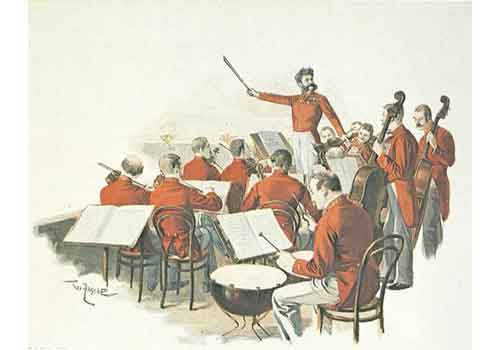
The Viennese waltz
The Viennese waltz reveals the unique connection between danceable light music and serious works of music. To this day, this dance presents itself as the highlight of every ball event, with critics still referring to it as the “Gewalze”. This refers to the constant spinning movements that sometimes make inexperienced dancers feel dizzy.
However, father and son were not the inventors of the “waltz”. As early as the second half of the 18th century, the cheerful-sounding dance form, which originated in the German-speaking world, replaced the strict, French-influenced minuet at court. The waltz had to assert itself above all among the nobility because of its popular appeal.
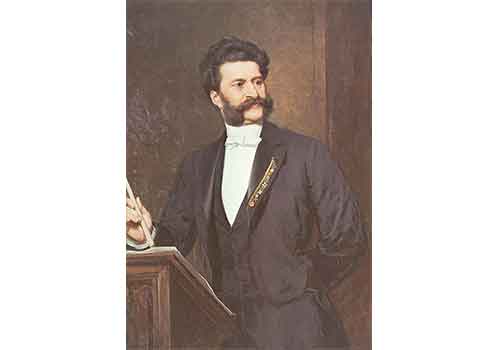
Today, the waltz is associated worldwide with the Danube metropolis of Vienna, where Johann Strauss son developed the music in three-four time with the dance, which demanded enthusiasm and concentration from every couple, into a “trademark” that is part of the enjoyable repertoire at every social event where you can also shake a leg.
Court music director at the age of 38
Johann Strauss Sohn was a passionate musician and man through and through. His sensuality shaped his character in all situations. The authorities were not at ease with this. Even at a young age, he wanted to become court music director, but it was not until 1863, at the age of 38, that he was given the long-awaited position. In Vienna at the time, a noble ball without him and his orchestra was almost unthinkable.
Even at a mature age, Johann Strauss’ son was a highly respected composer and orchestra leader all over the world with a soft spot for pretty women. His wife “Jetty“, actually Henriette Strauss-Treffz, managed all her husband’s business affairs. Today she would be described as a “manager”. She organized many celebrated performances, forgoing her career as an opera singer in the process.
Time Travel Tips:
1) Johann Strauss Museum (Opens in a new tab or window) (opposite the Secession), Friedrichstraße 7, 1010 Vienna
2) Vienna Museum, Johann Strauss Apartment (Opens in a new tab or window), Praterstraße 54, 1020 Vienna
3) House of Strauss (Opens in a new tab or window)the last surviving Strauss concert hall since 1837,
Döblinger Hauptstraße 76, 1190 Vienna
4) Strauss Monument (Opens in a new tab or window), City Park
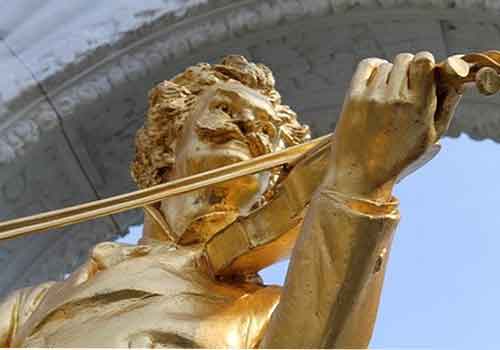
Sources:
1) Book:
Sinkovicz Wilhelm, Kraus Herwig, Johann Strauss, 229 pages. Holzhausen Publishing House, Vienna, 1999
2) Internet:
https://de.wikipedia.org.wiki.Johann Strauss (son), June 26, 2025
https://de.wikipedia.org.wiki.Walzer_(Dance) (Opens in a new tab or window), June 26, 2025

